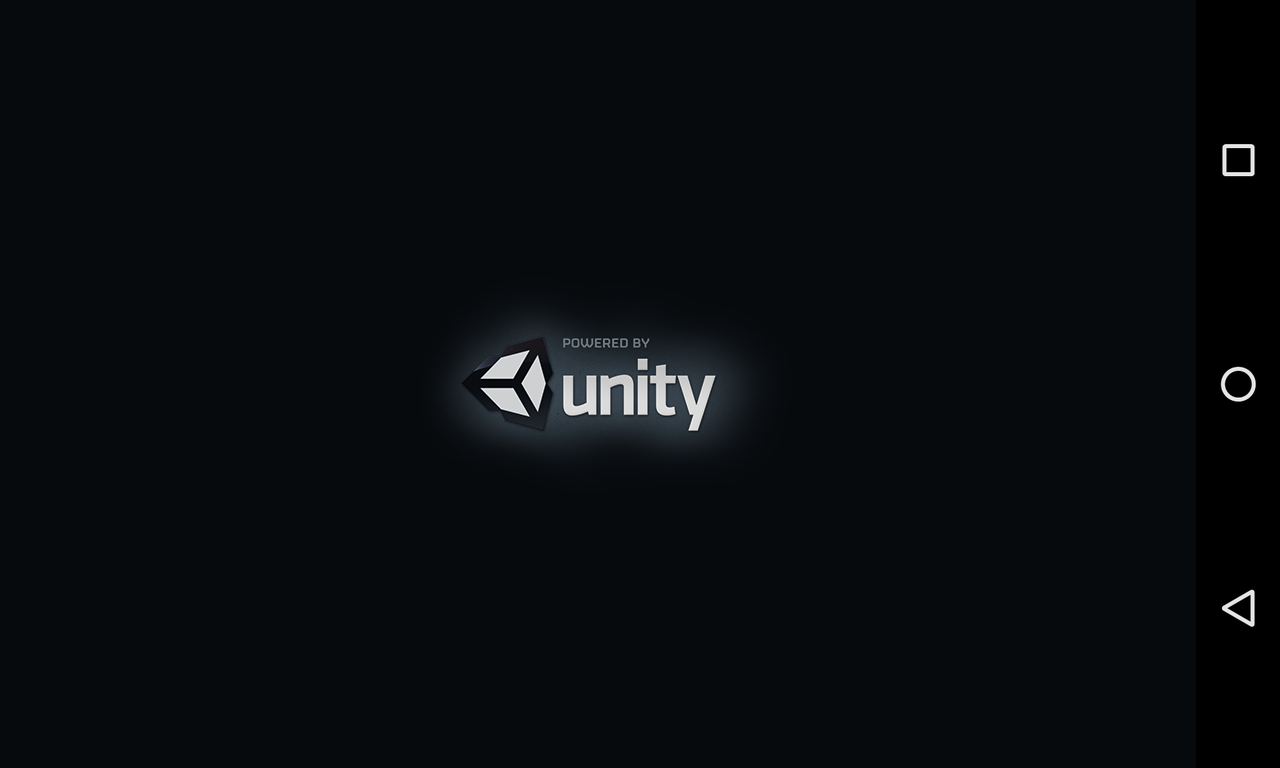Unity, a powerful cross-platform game development engine, has transcended its origins in the gaming industry to become a trans-formative force in various sectors. Its versatility, user-friendly interface, and robust capabilities have made it an attractive solution for businesses looking to leverage immersive technologies. This article explores the ways in which Unity is making a significant impact across different industries, driving innovation and enhancing operational efficiency.
-
Emulation with Unity and Training
One of the key applications of Unity in industry is in simulation and training. Unity’s real-time 3D development environment allows businesses to create realistic simulations for training purposes. Industries such as manufacturing, healthcare, aviation, and defense use Unity to replicate complex scenarios, providing employees with hands-on training experiences in a safe and controlled environment. This not only reduces training costs but also enhances the effectiveness of training programs.
-
Architectural Visualization
In the architecture and construction sectors, Unity is revolutionizing the way projects are conceptualized and presented. The engine enables architects and designers to create immersive 3D visualizations of buildings and spaces. This not only aids in better communication of design concepts but also allows stakeholders to explore and experience virtual spaces before construction begins. Unity’s high-quality graphics and real-time rendering contribute to more informed decision-making in the early stages of a project.
-
Virtual Prototyping in Manufacturing
Unity is becoming increasingly popular in the manufacturing industry for virtual prototyping and product design. Engineers and designers can create detailed 3D models of products, simulate their functionality, and identify potential issues before physical prototypes are built. This not only accelerates the product development cycle but also reduces costs associated with physical prototyping. Unity’s ability to integrate with other design tools and software makes it a valuable asset in the product development pipeline.
-
Healthcare Simulation and Visualization
In healthcare, Unity is being utilized for medical simulation and visualization applications. From creating realistic surgical simulations for training surgeons to developing interactive educational content for patients, Unity’s capabilities extend to various facets of the healthcare industry. Medical professionals can use Unity to visualize complex medical data, enabling better understanding and communication of diagnoses and treatment plans.
-
Data Visualization and Analytics
Unity is also making strides in data visualization, allowing businesses to turn complex datasets into interactive and visually compelling experiences. Industries such as finance, research, and analytics use Unity to create immersive data visualizations that facilitate better insights and decision-making. The real-time rendering capabilities of Unity enable users to interact with and explore data in ways that traditional charts and graphs cannot achieve.
As Unity continues to evolve, its impact on various industries is becoming more pronounced. The engine’s ability to facilitate real-time 3D rendering, simulation, and immersive experiences has transformed the way businesses operate, innovate, and train their workforce. Whether in manufacturing, healthcare, architecture, or beyond, Unity is playing a pivotal role in shaping the future of industry by providing powerful tools that empower businesses to stay ahead in a rapidly evolving technological landscape. As industries continue to embrace Unity, the possibilities for innovation and advancement are virtually limitless.
Read more…

